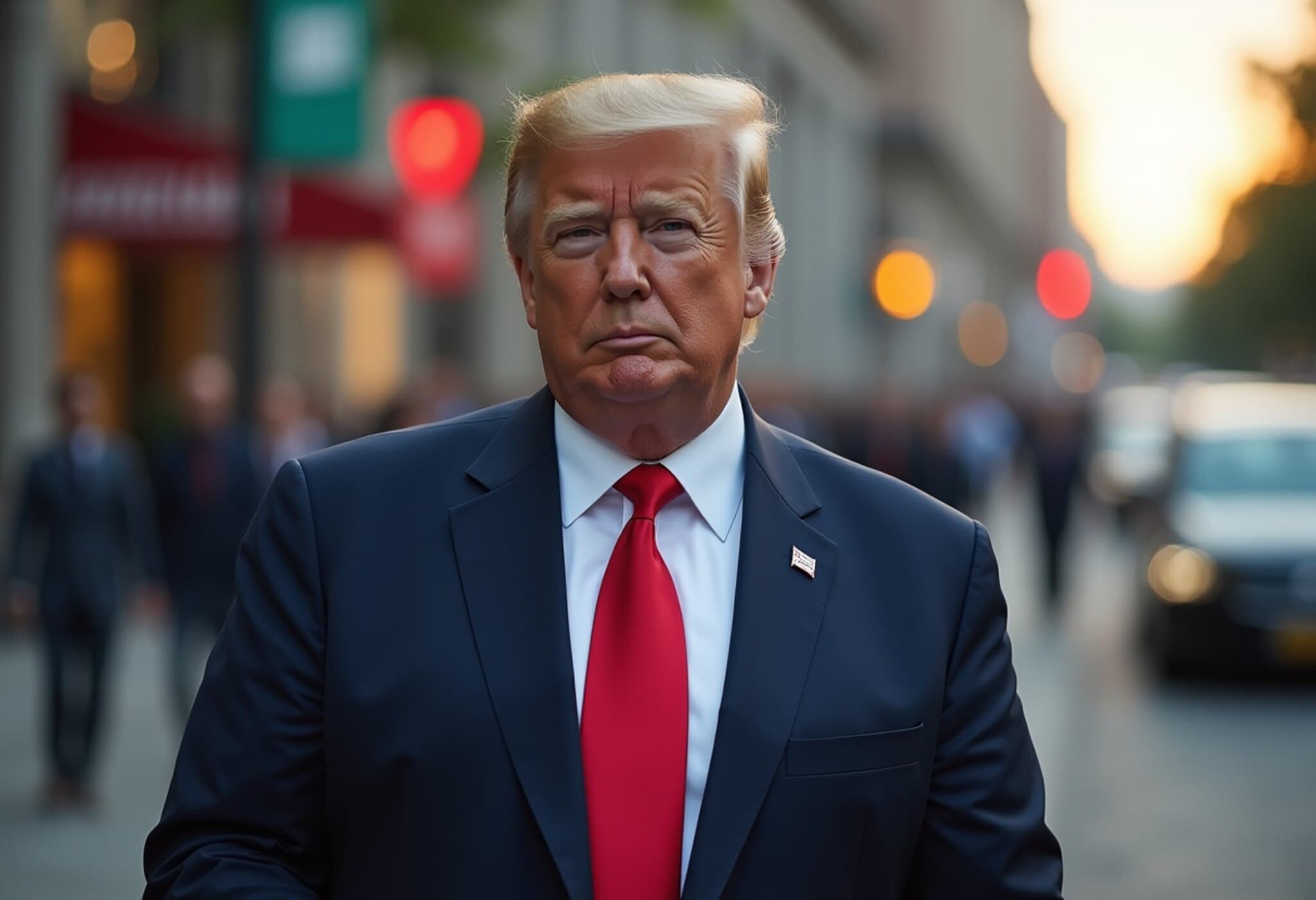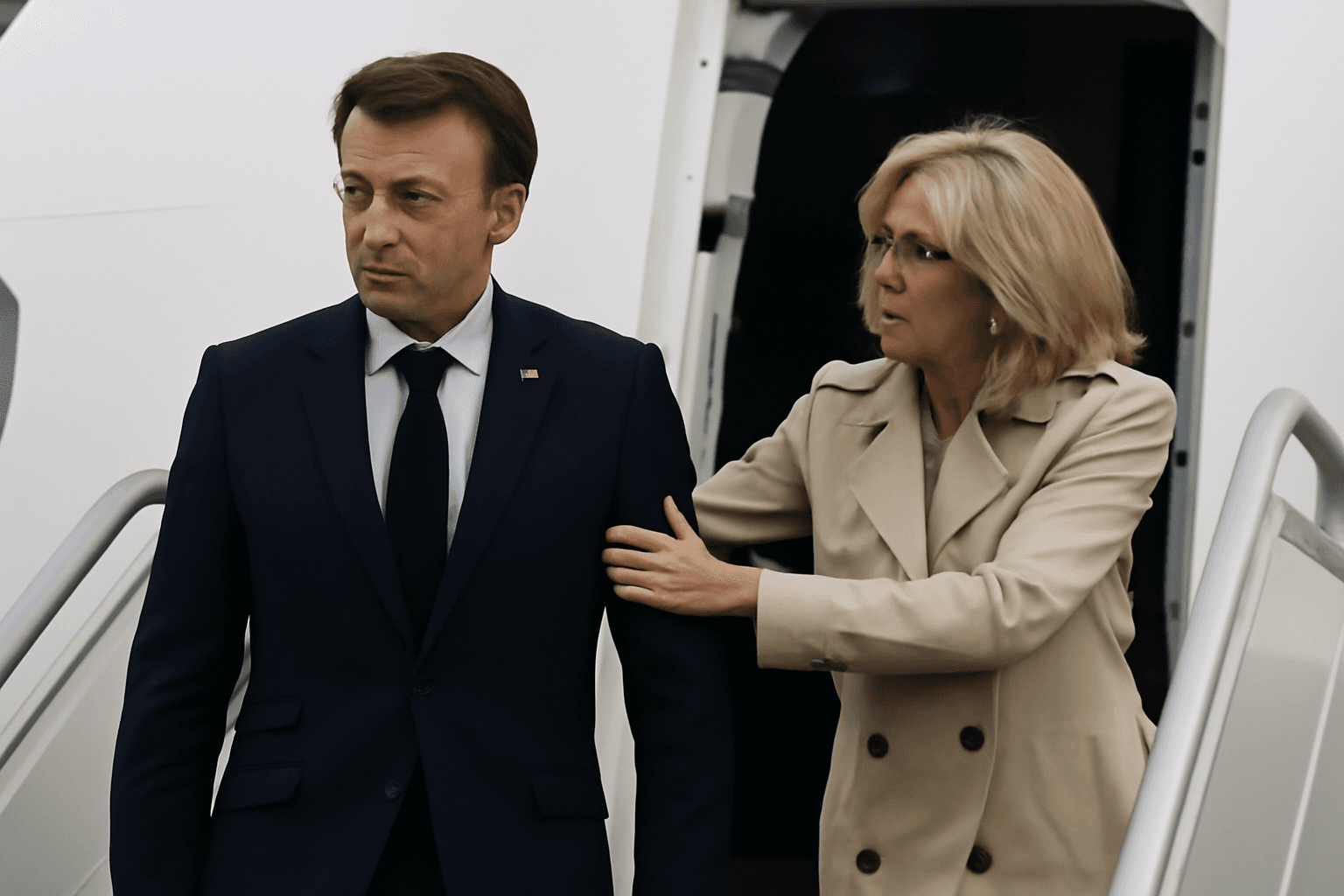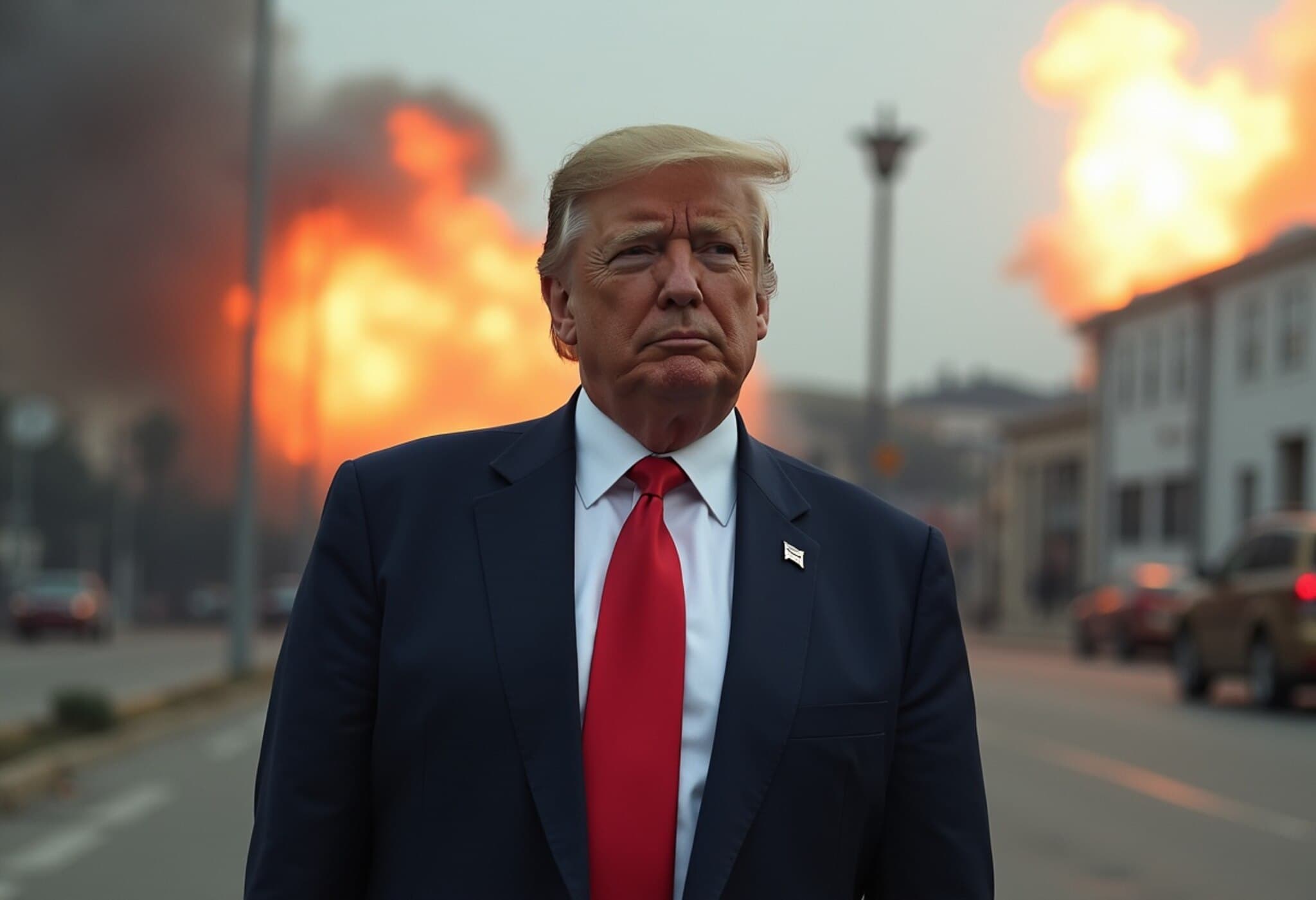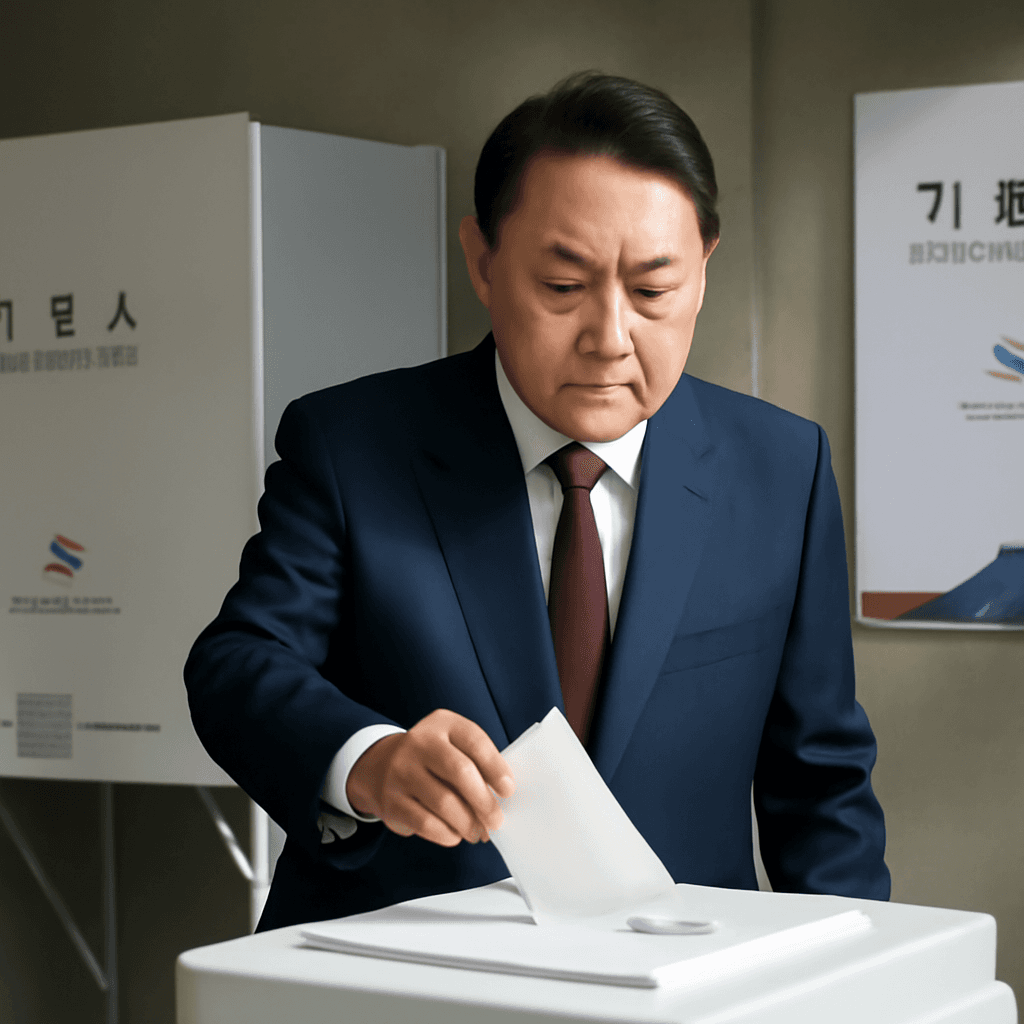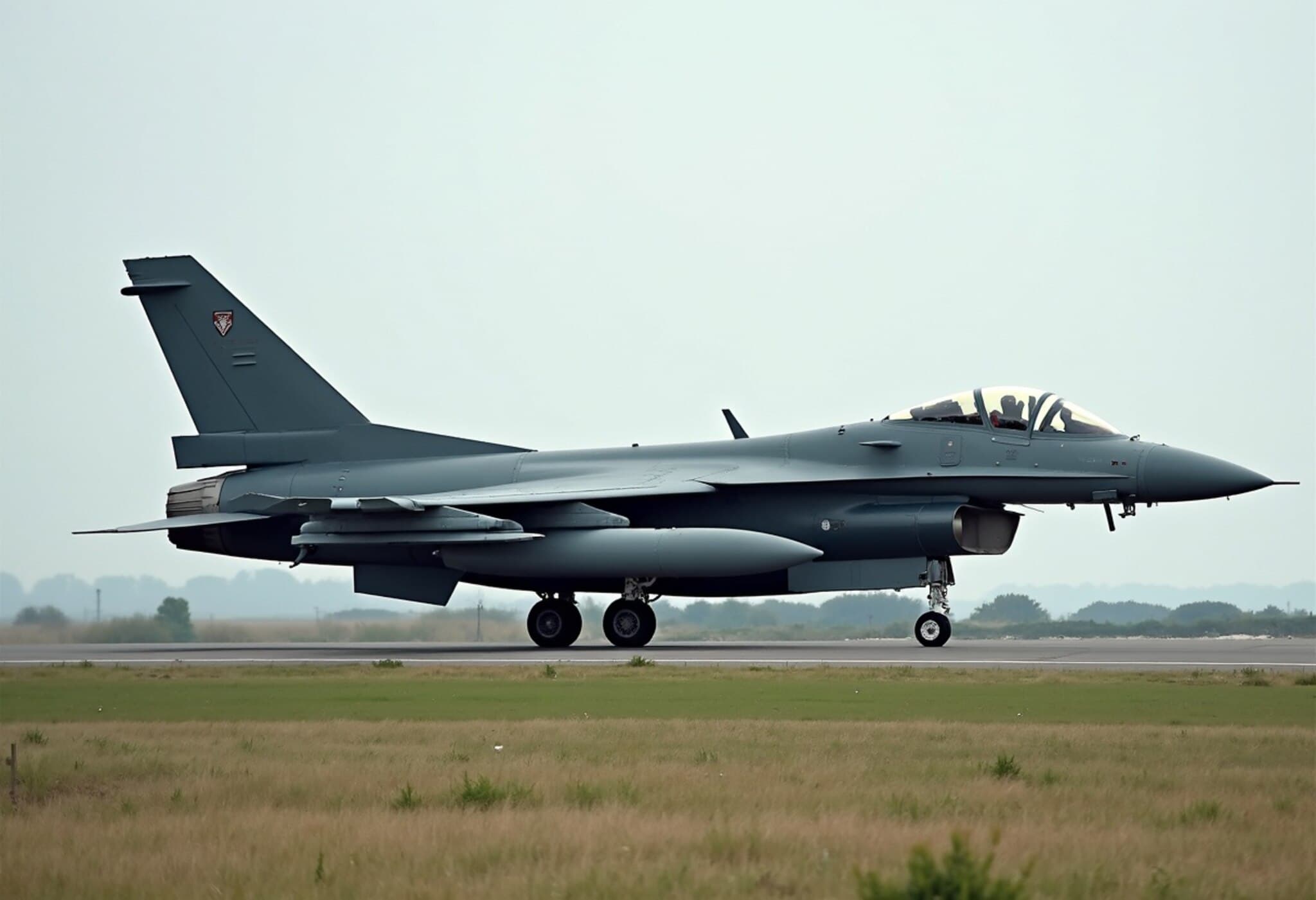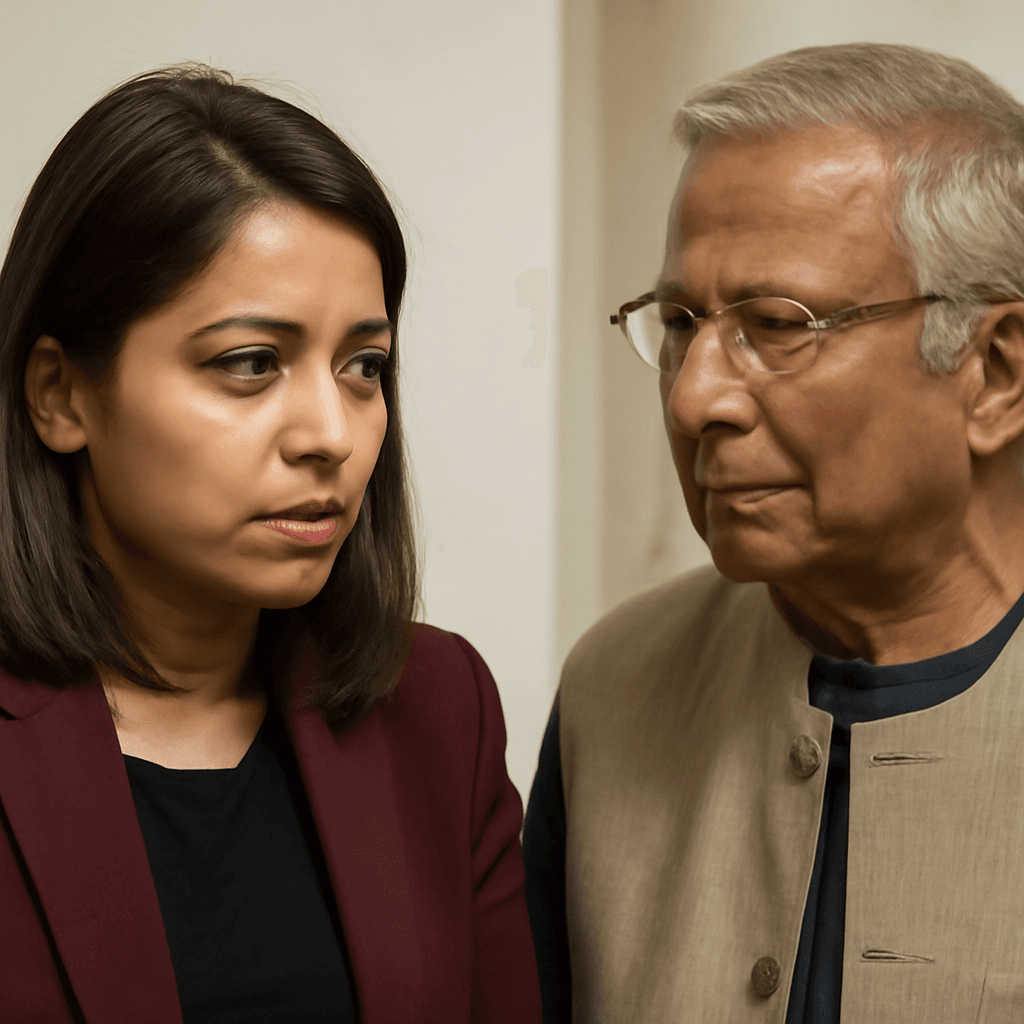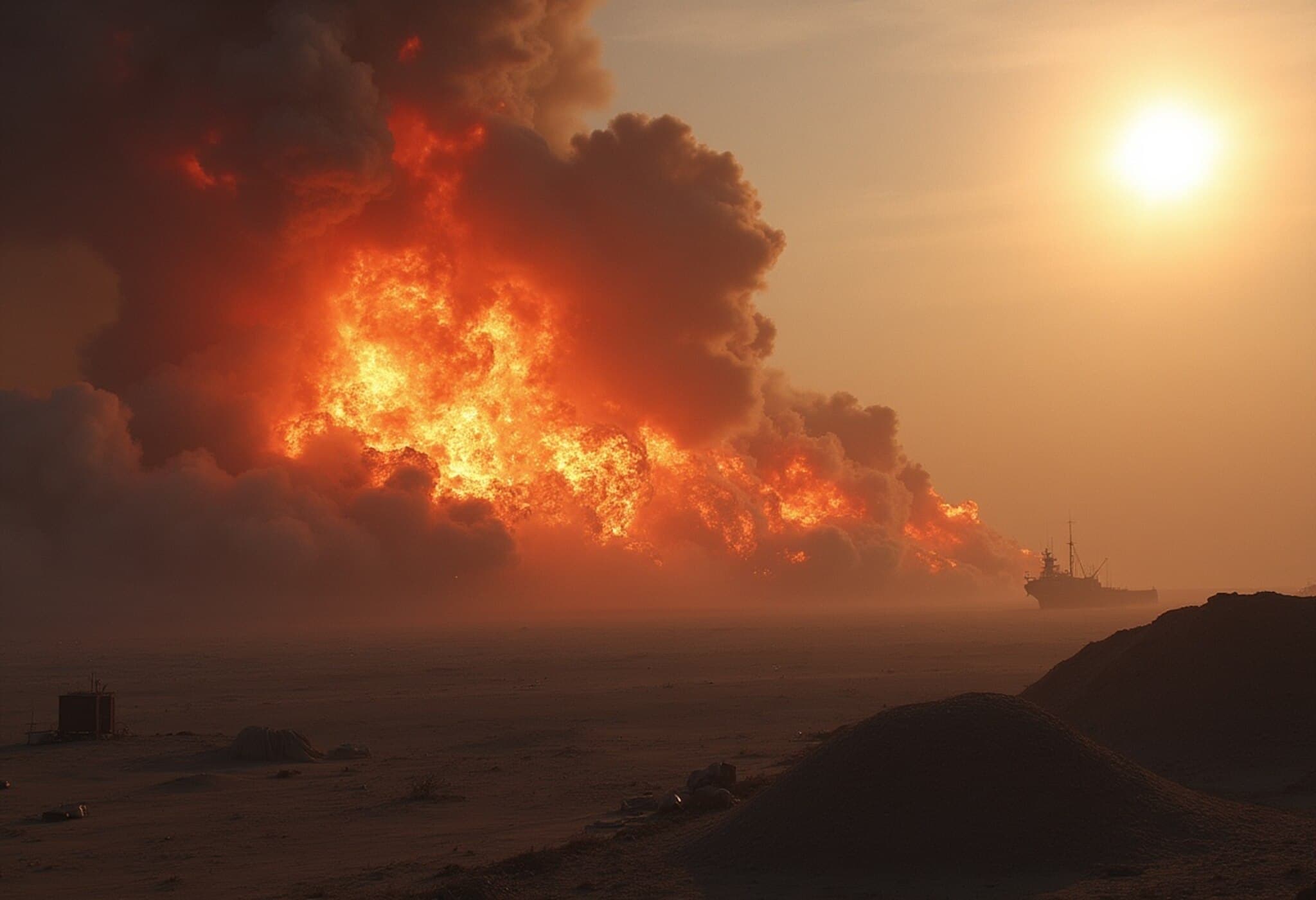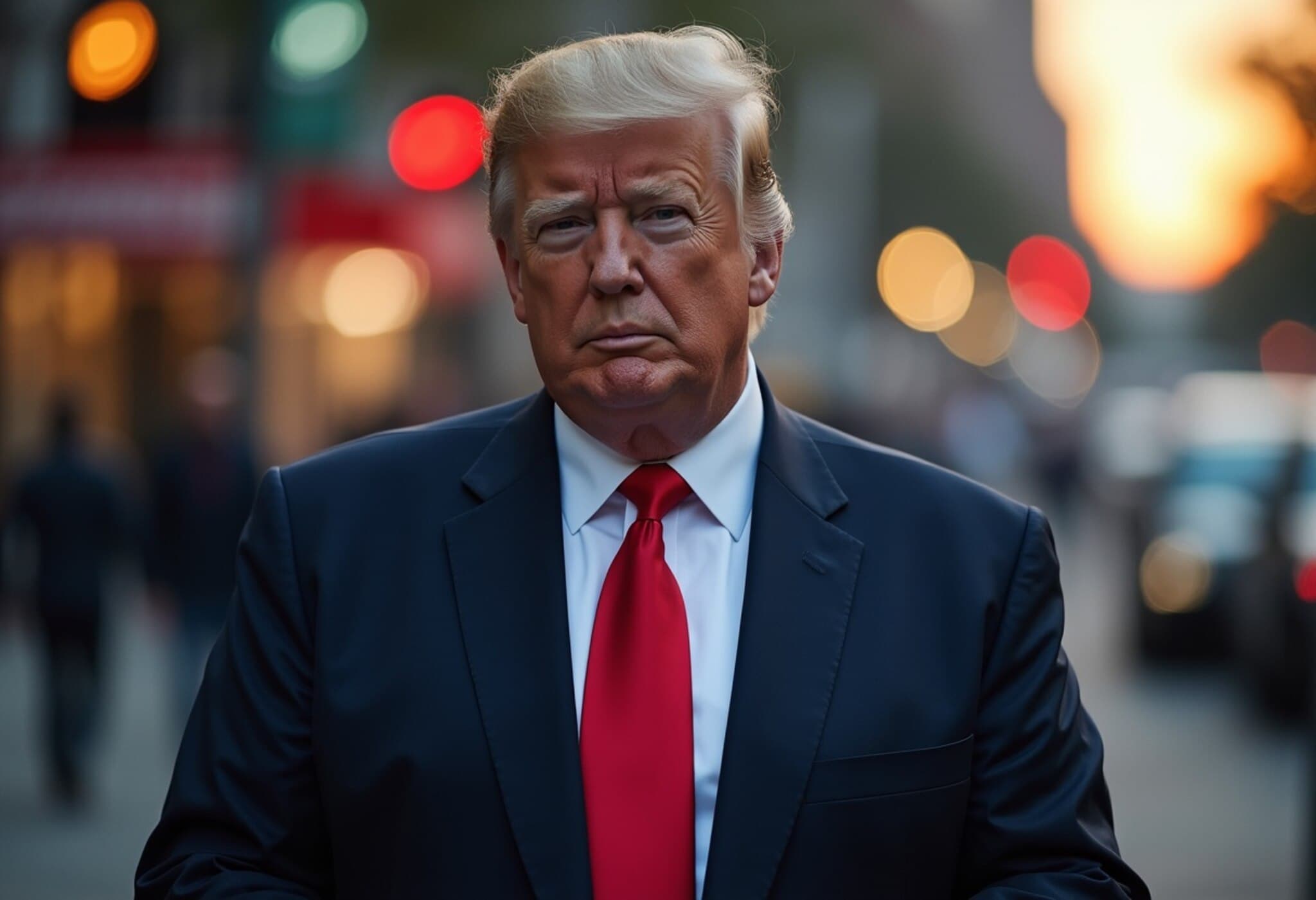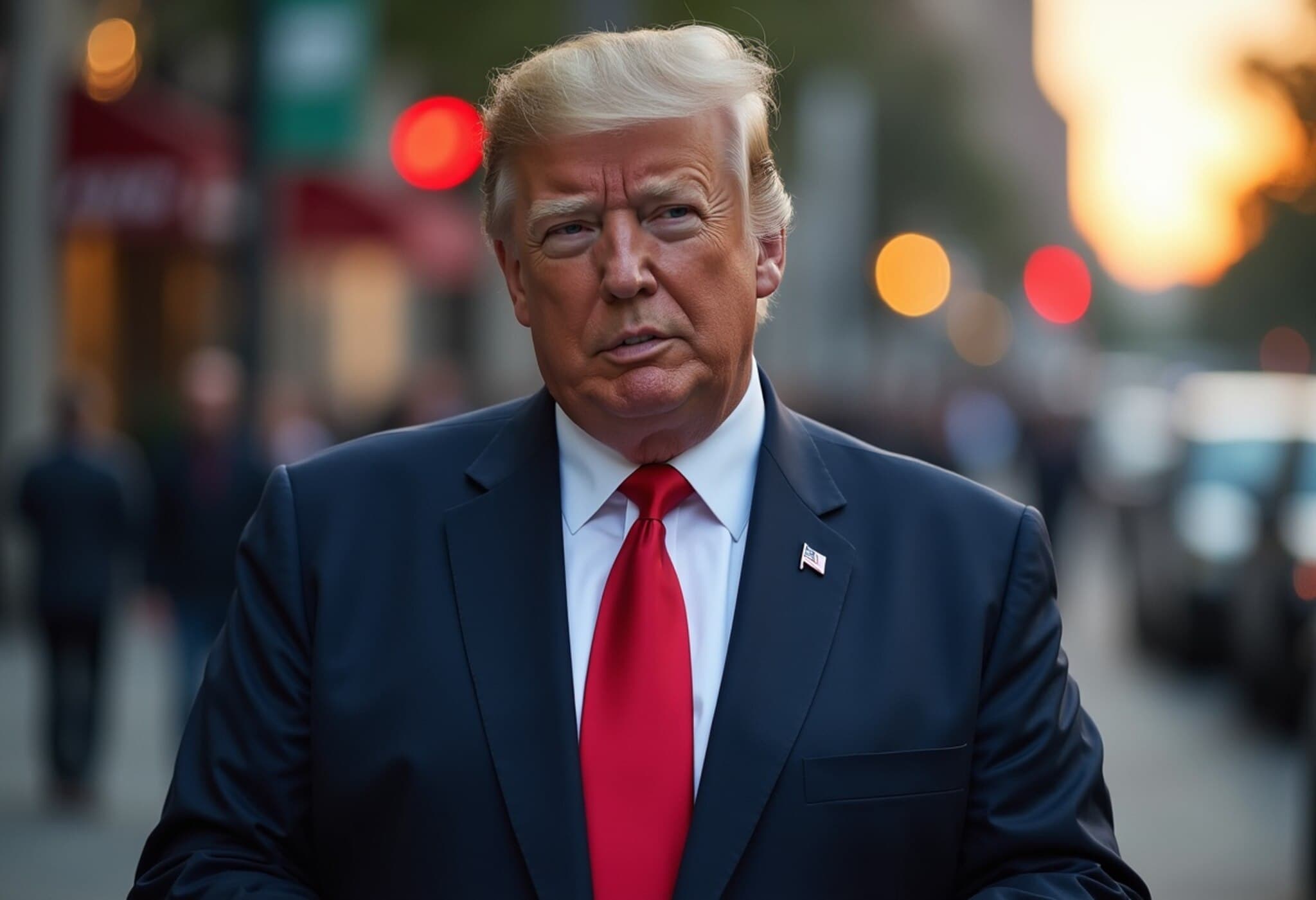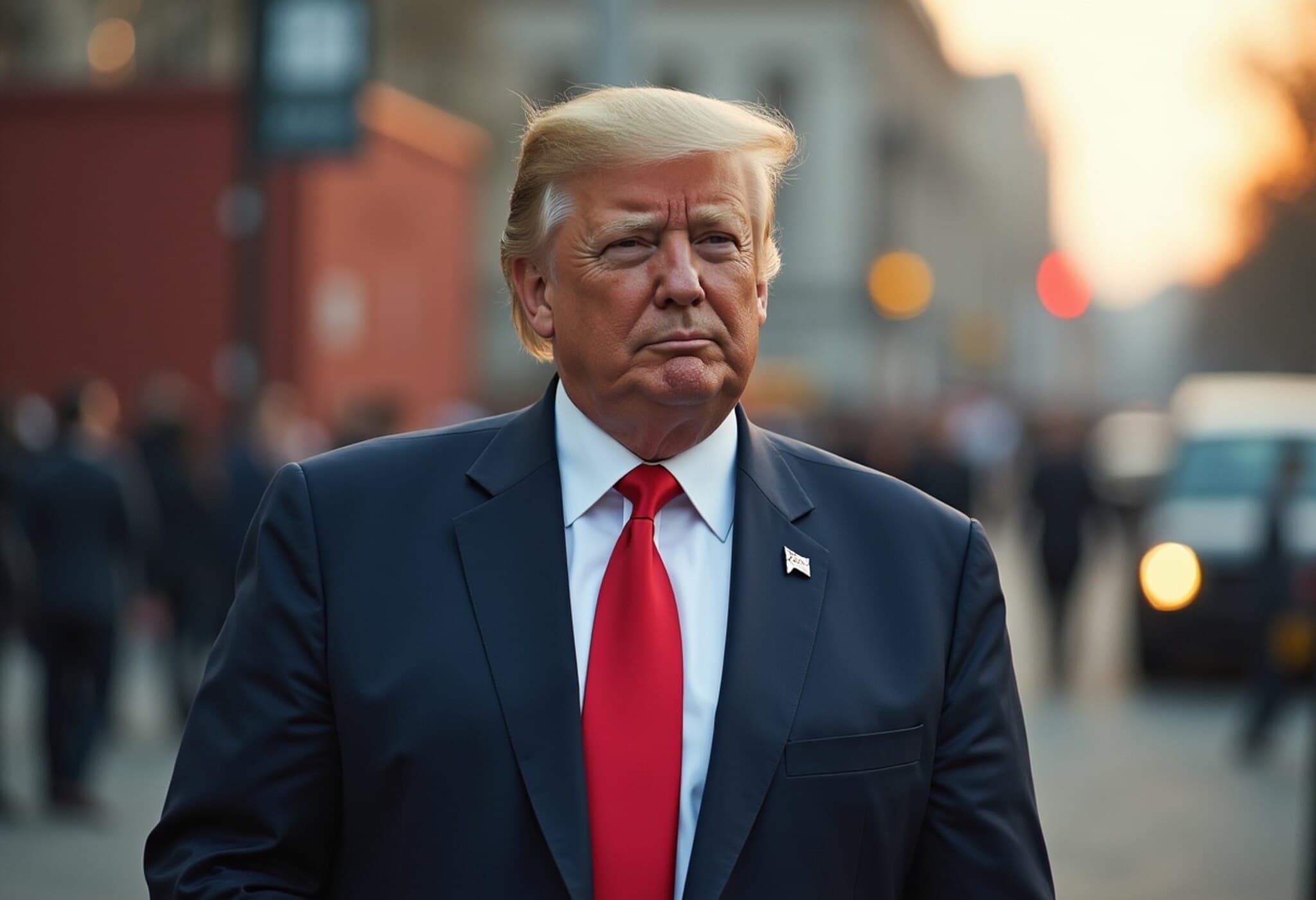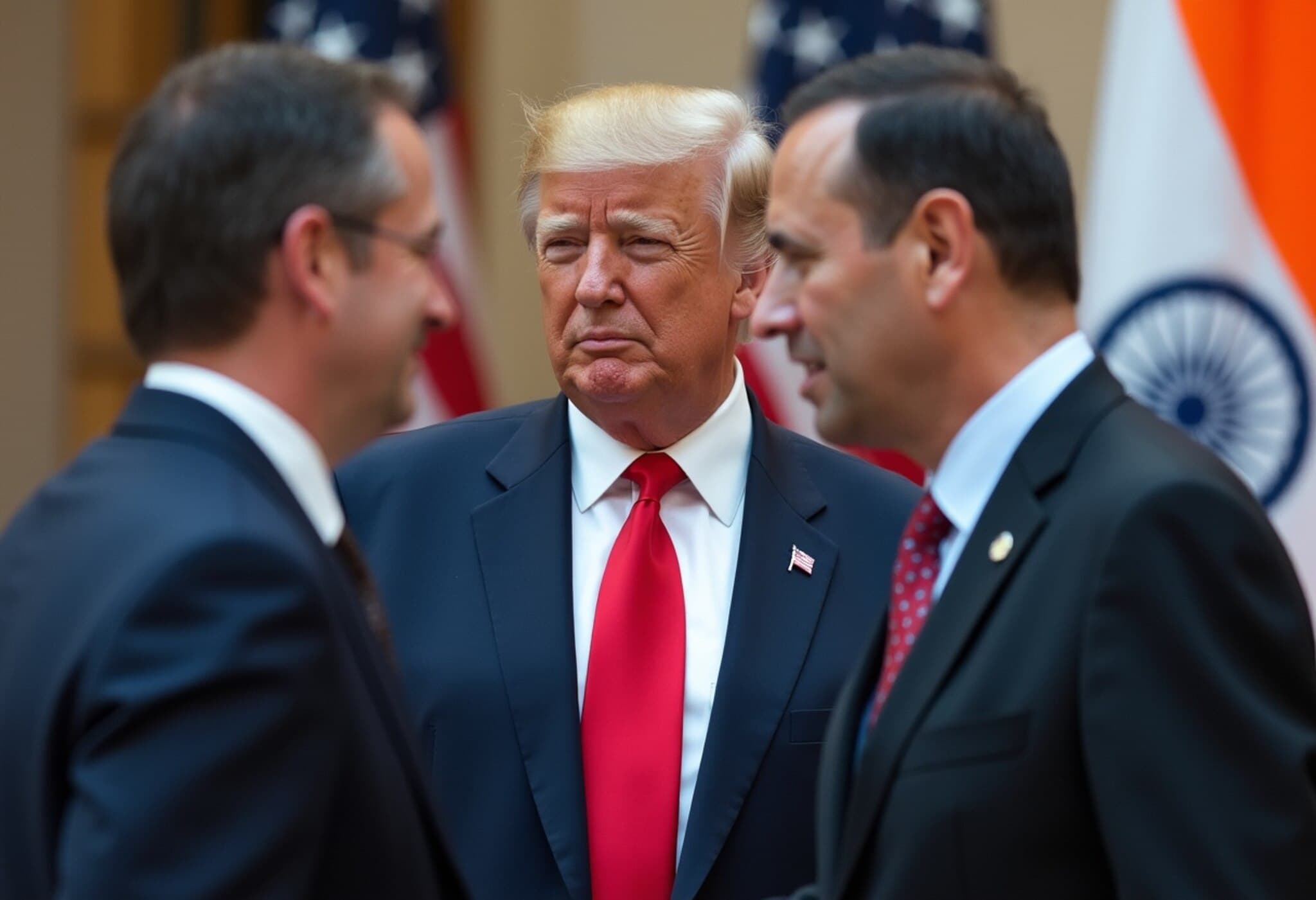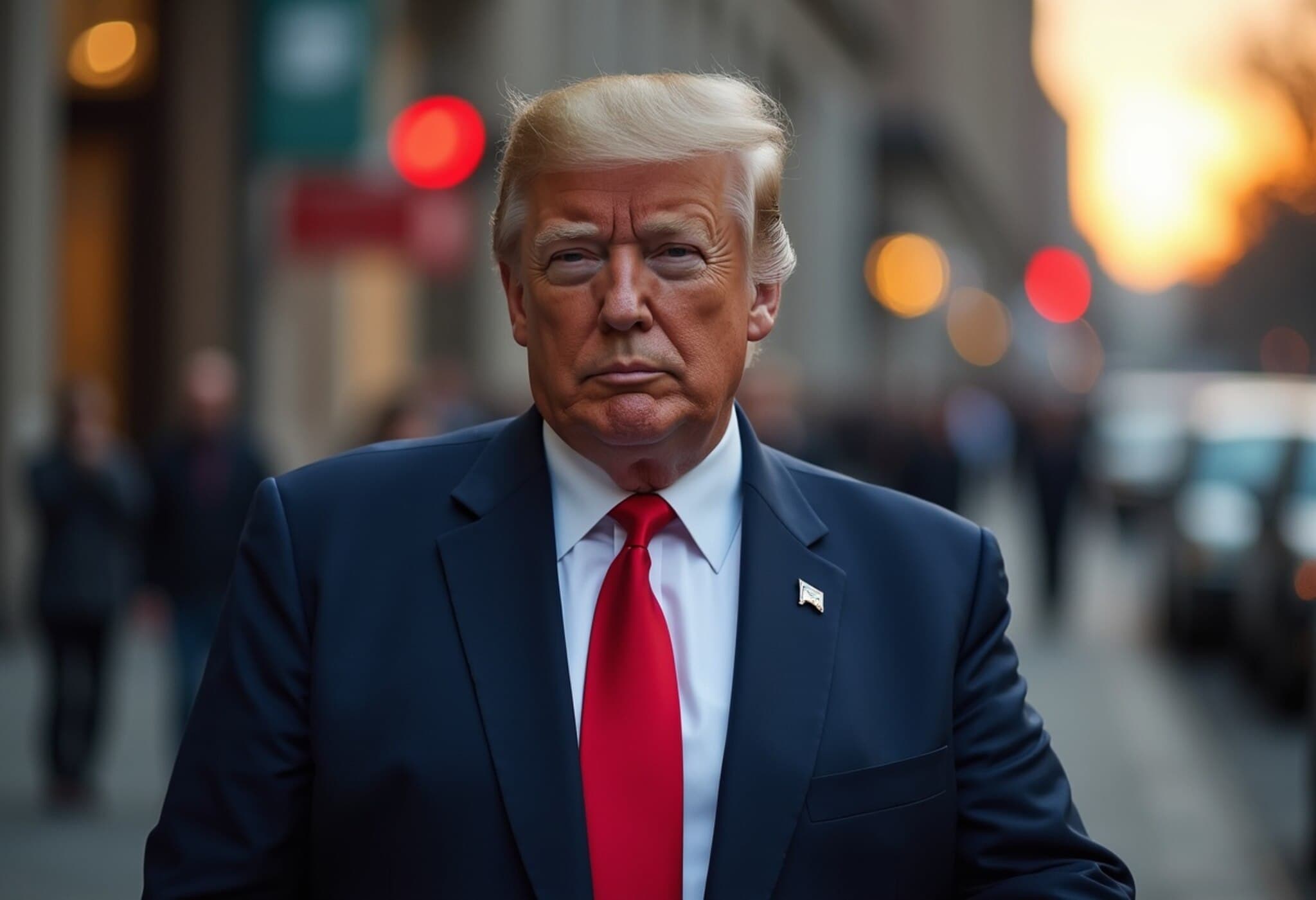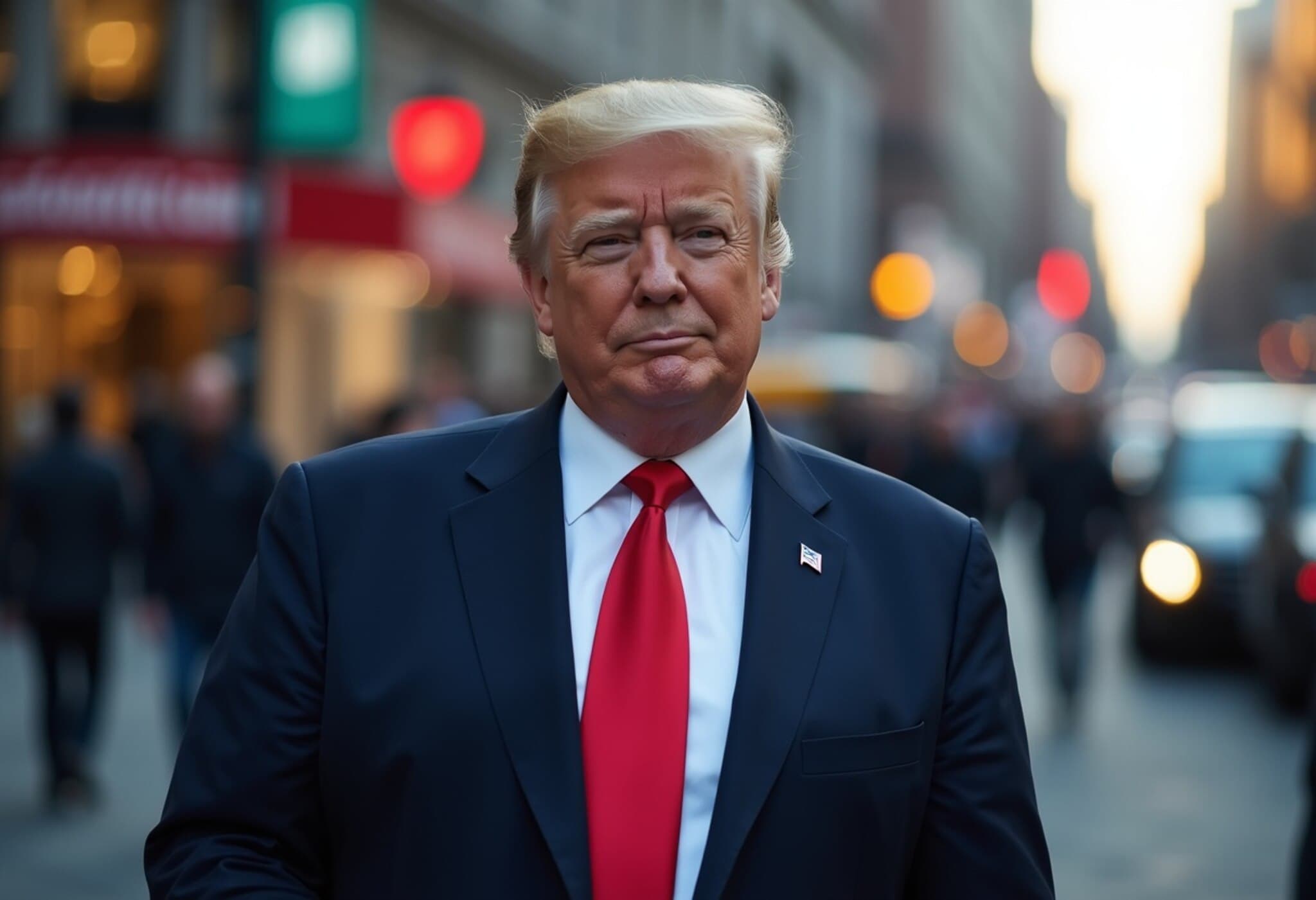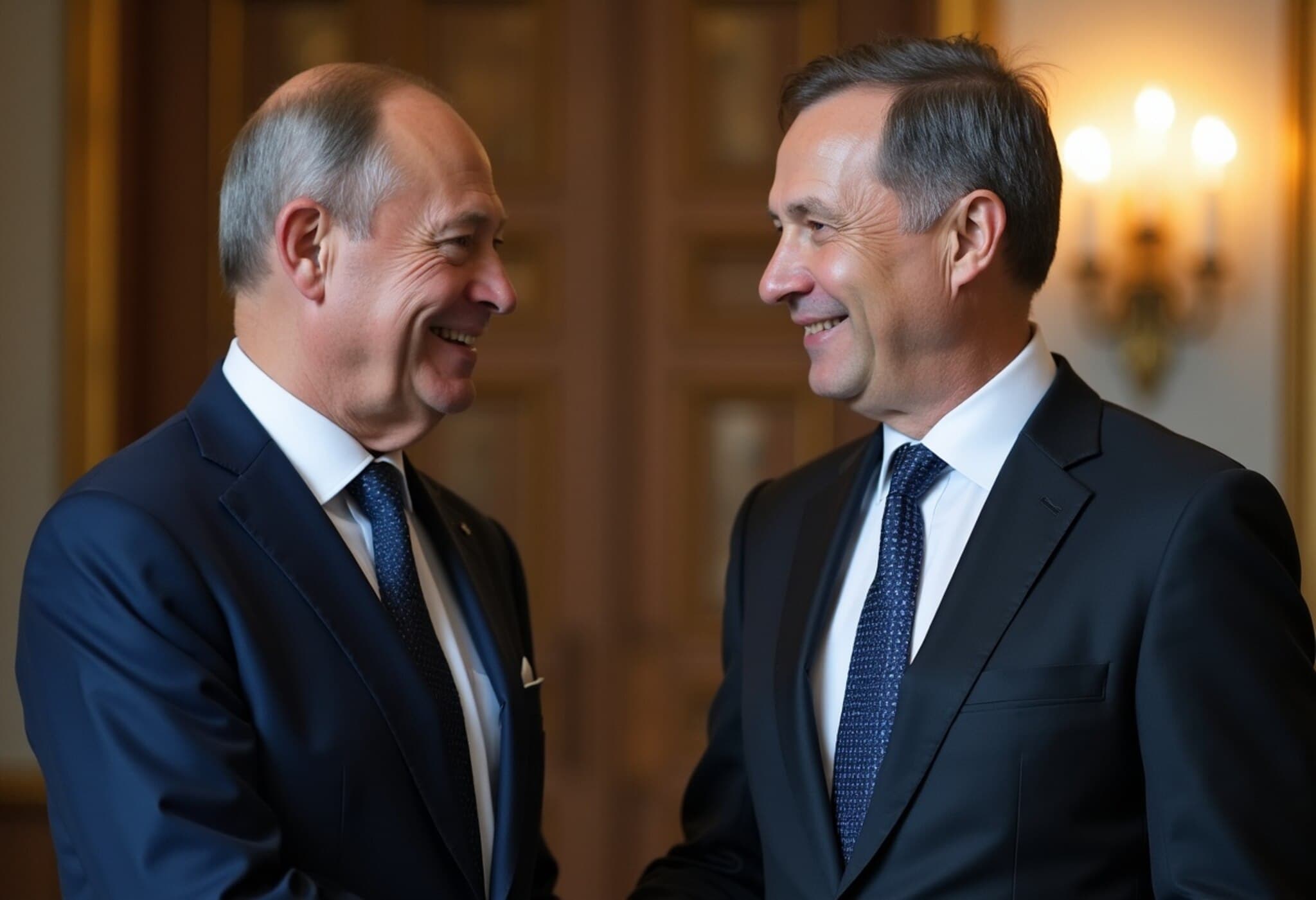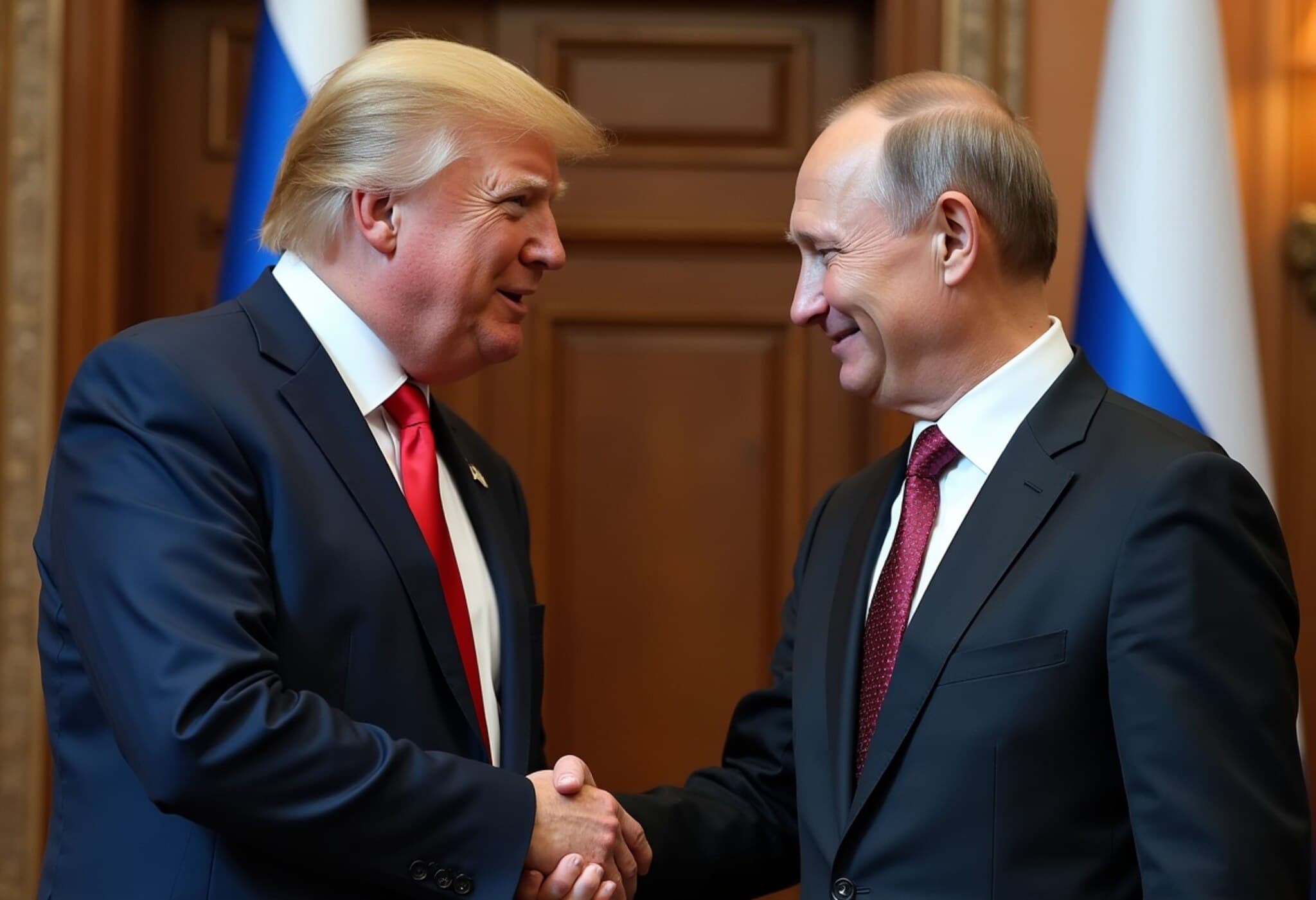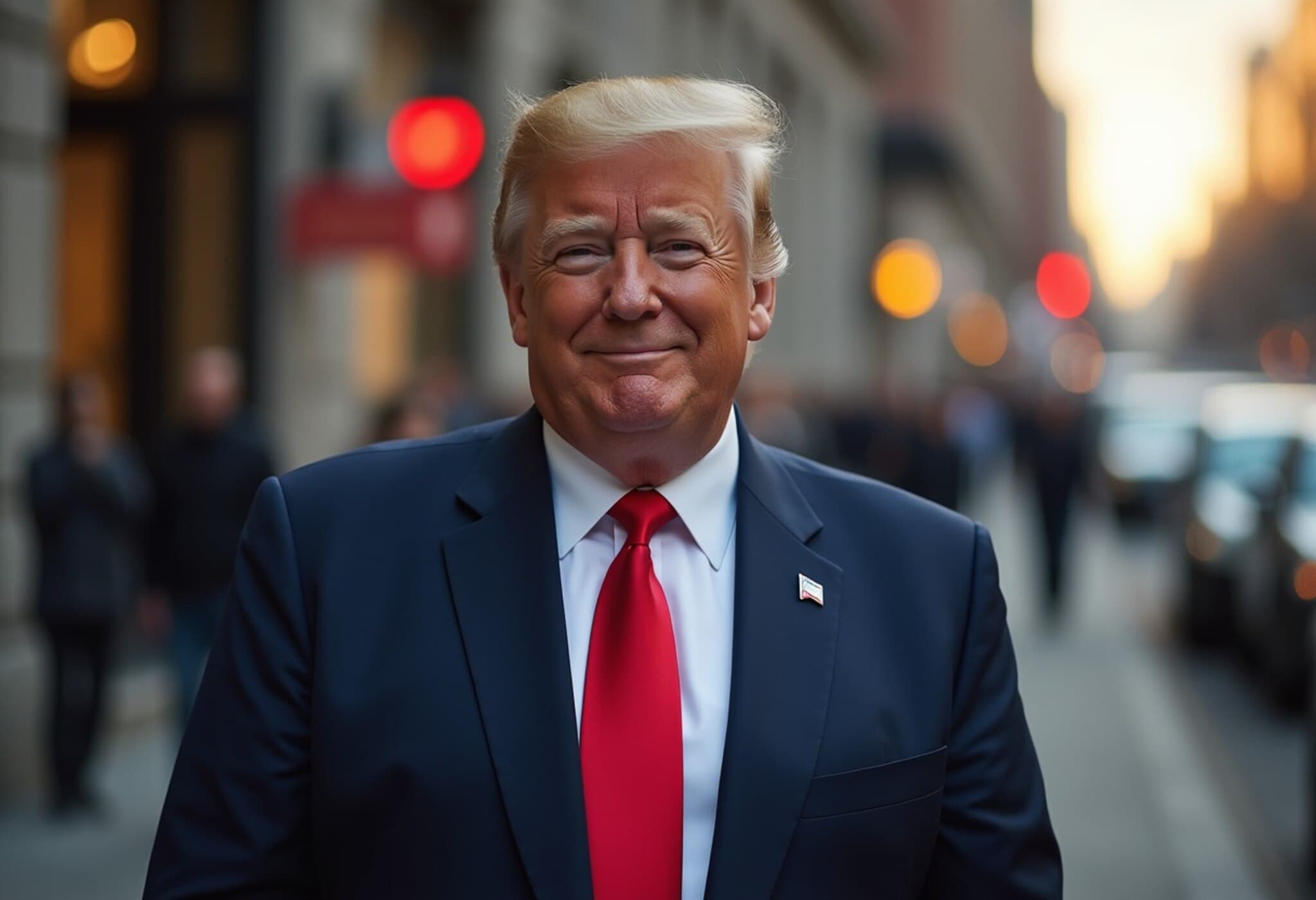Trump Sets Deadline for Russia-Ukraine Peace Deal With Threat of Severe Secondary Tariffs
On July 14, 2025, President Donald Trump issued a stern warning to Russian President Vladimir Putin, signaling a potential escalation in U.S. economic pressure if a peace agreement halting Russia's invasion of Ukraine is not reached within 50 days. Speaking from the White House alongside NATO Secretary General Mark Rutte, Trump unveiled his plan to impose secondary tariffs of nearly 100% on countries and entities purchasing Russian exports unless a ceasefire is achieved by September.
Escalating Economic Pressure Amid Growing Frustration
President Trump conveyed his disappointment with Putin, emphasizing that he had expected a resolution months ago. Highlighting the urgency of the situation, Trump remarked, "We're very, very unhappy with them, and we're going to be doing very severe tariffs, if you don't have a deal in 50 days, tariffs at about 100%, they call them secondary tariffs."
This announcement marks a notable shift in the U.S. administration's approach, combining robust military support for Ukraine with intensified economic sanctions aimed not just at Russia but also at its international customers.
Understanding Secondary Tariffs: Impact and Implications
Secondary tariffs target third-party countries or companies that engage in trade with a sanctioned nation—in this case, Russia. Enforcing close to 100% tariffs would effectively double the costs of Russian goods for these buyers, potentially discouraging trade and isolating Russia further on the global stage.
Countries heavily dependent on Russian fossil fuels such as Germany, China, India, and Turkey could face significant economic challenges if they continue importing Russian energy. The U.S. move intends to press these nations to rethink their energy partnerships under the shadow of heightened tariffs.
Military Support and Strategic Alliances
Alongside the tariff threat, Trump announced that the United States would bolster Ukraine’s defense capabilities by providing "billions of dollars worth of military equipment." This aid, procured from American defense companies and financed by European nations, will be routed through NATO allies, reinforcing Western solidarity and commitment to Ukraine.
This dual approach of combining economic pressure with tangible military assistance underscores a multifaceted strategy to hasten an end to the conflict. It reflects a pragmatic understanding that economic sanctions alone may not suffice to compel change without accompanying security guarantees.
Context and Historical Parallels
Trump’s threat of secondary tariffs is not unprecedented. Earlier this year, he warned similar levies against countries importing Venezuelan oil, which significantly impacted China—the largest buyer of Venezuelan fuel. Additionally, in March 2025, Trump declared that failure to reach a deal with Russia over Ukraine would trigger analogous secondary tariffs on Russian oil.
This pattern reveals a strategic use of secondary tariffs as leverage over complex geopolitical conflicts where direct sanctions on the aggressor state may be insufficient. Some analysts speculate that the sharp deadline set for September aims to accelerate diplomatic negotiations by heightening economic stakes.
Expert Perspectives and Unanswered Questions
- Legal and Trade Implications: Secondary tariffs often stir controversy within the World Trade Organization (WTO) framework. Their legality and enforcement can provoke retaliatory measures, potentially sparking wider trade tensions.
- Energy Security Concerns: For Europe and Asia, rapidly reducing reliance on Russian energy requires viable alternatives. Can diplomatic pressures align with practical energy transitions without destabilizing global markets?
- Effectiveness of Economic Sanctions: History shows sanctions can have mixed success. The real test lies in whether these tariffs will push Russia towards negotiations or entrench adversarial postures further.
Looking Ahead
As the September deadline looms, all eyes will be on Moscow and the broader international community. Will intensified economic pressure, coupled with military support for Ukraine, break the deadlock? Or will it deepen global divisions amidst an already volatile geopolitical landscape?
Editor's Note
The escalating tariff threat signals a critical juncture in the Russia-Ukraine conflict—a reminder of how intertwined global economics, energy dependence, and military alliances are in modern diplomacy. Observers should watch closely the responses from Russia’s trade partners and NATO allies alike, as the next two months will shape not only the future of Ukraine but the stability of international trade and security frameworks.

